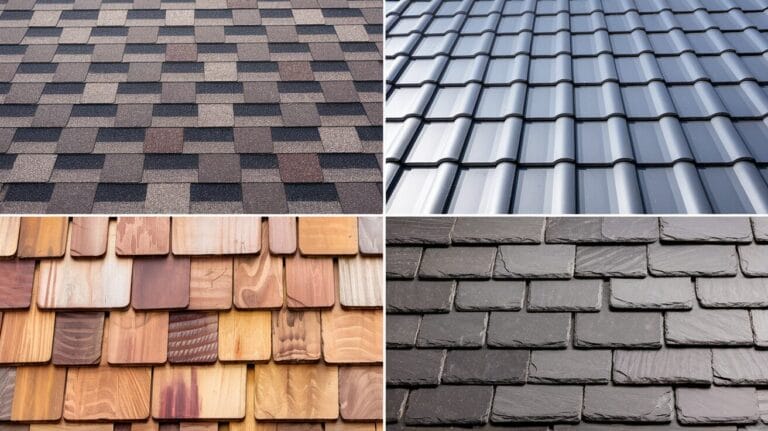
Experiencing a roof leak during a rainstorm can be a stressful situation. Water dripping into your home can cause damage to your belongings and the structure itself. However, it’s important to stay calm and take immediate action to prevent further damage and ensure the safety of your property.
Here are some steps you can take when your roof leaks in rain:
- Prevent Further Damage
- Assess the Damage
- Temporary Fixes
- Contact a Professional
- Document the Damage
- Check Insurance Coverage
- Prepare for Future Rainstorm
Prevent Further Damage
The first priority when dealing with a leaking roof is to prevent further damage. Move any furniture, electronics, or valuable items away from the affected area to avoid water damage. If there are any ceiling or wall cracks, place a bucket or container underneath to collect the dripping water. It’s essential to address the issue promptly to minimize the potential for additional problems.
Assess the Damage
Once you have taken the necessary steps to prevent further damage, it’s time to assess the extent of the leak. Carefully examine the affected area and look for any signs of damage, such as water stains, wet spots, or peeling paint. Take note of the location and size of the leak, as this information will be valuable when communicating with professionals or your insurance company.
Temporary Fixes
While waiting for professional assistance, you can take some temporary measures to minimize the immediate impact of the leak. If the leak is small, you can place a tarp or plastic sheet over the affected area to prevent further water intrusion. Alternatively, use a bucket or container to catch the water and empty it regularly to avoid overflow. These temporary fixes can provide some relief until a professional can address the underlying issue.
Contact a Professional
Roof leaks are best handled by professionals who have the expertise and experience to identify and repair the underlying problem. Contact a reputable roofing contractor as soon as possible to schedule an inspection and repairs. A professional will conduct a thorough assessment of your roof and provide appropriate solutions to fix the leak. Avoid attempting DIY repairs, as they may worsen the problem or pose a safety risk.
Document the Damage
Before any repairs are made, it’s important to document the damage caused by the roof leak. Take photographs and videos of the affected areas, capturing close-ups and wider shots to provide a comprehensive record. This documentation will be useful when filing an insurance claim and can help ensure that you receive proper compensation for the necessary repairs.
Check Insurance Coverage
Contact your insurance company to determine if your policy covers roof leaks and the resulting damage. Review your policy documents carefully to understand the extent of coverage and any limitations or exclusions. Some insurance policies may only cover specific causes of leaks, such as storm-related damage. Provide the documentation you gathered to support your claim and work closely with your insurance provider to navigate the claims process.
Prepare for Future Rainstorms
Once the immediate issue is resolved and repairs are completed, it’s important to take proactive measures to prevent future roof leaks. Regularly inspect your roof for any signs of damage, such as missing shingles, cracked flashing, or deteriorated seals. Clean gutters and downspouts to ensure proper water drainage. Consider routine roof maintenance and inspections to catch any potential issues early on.



